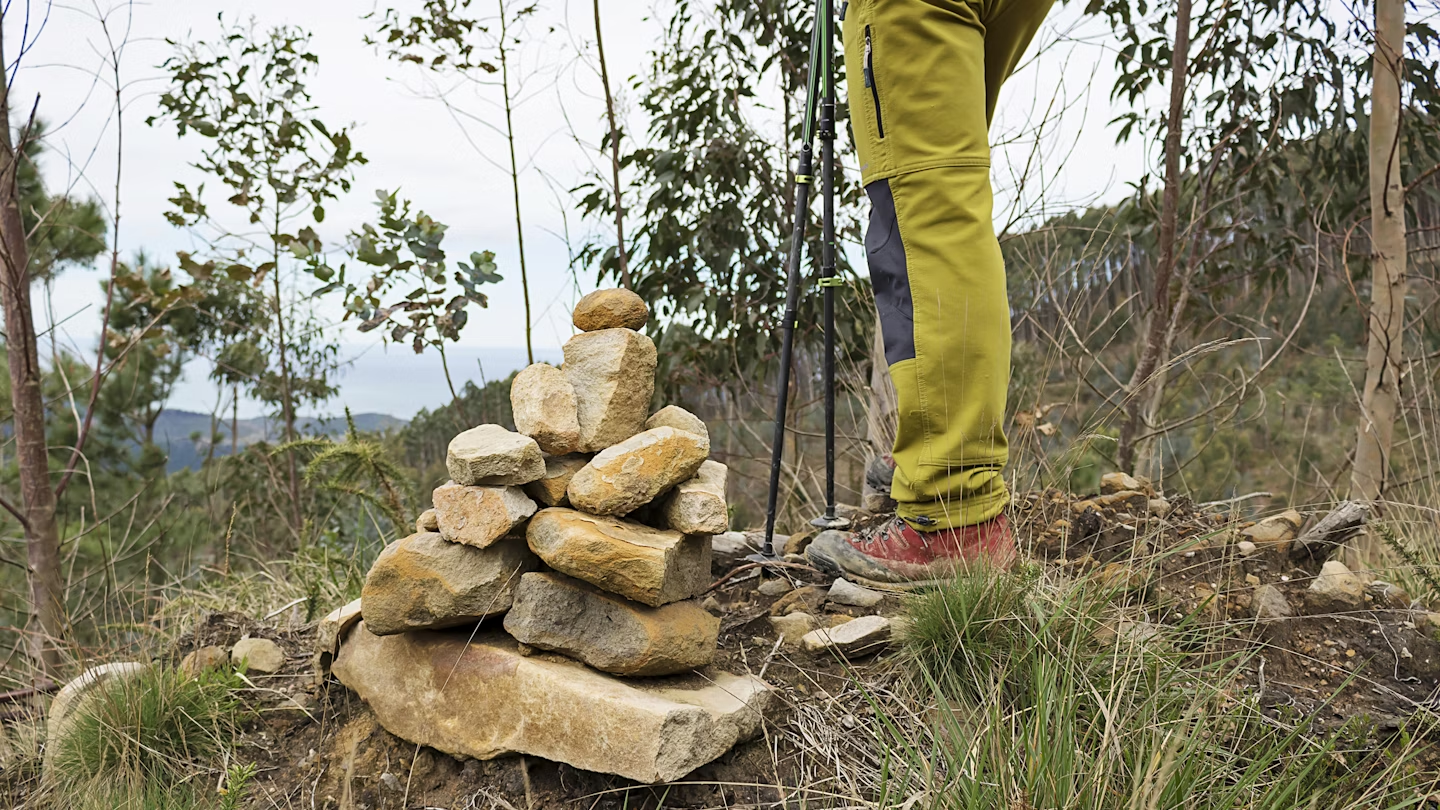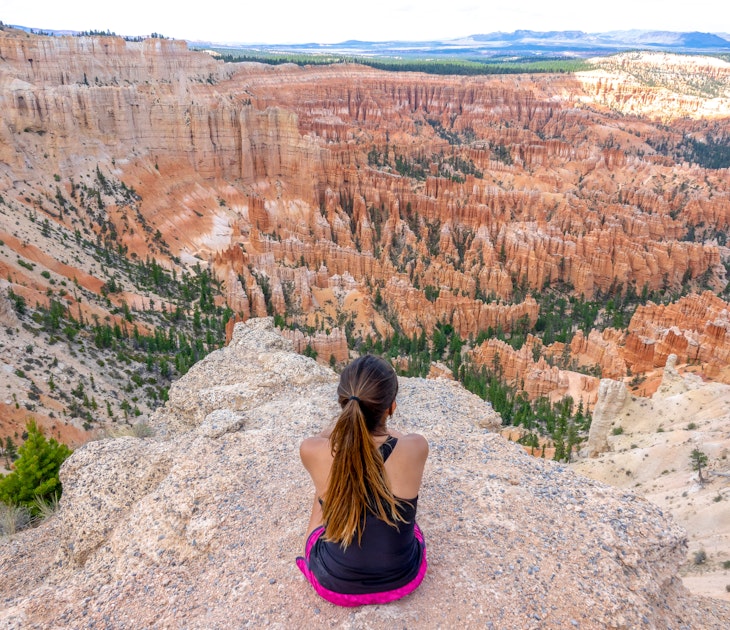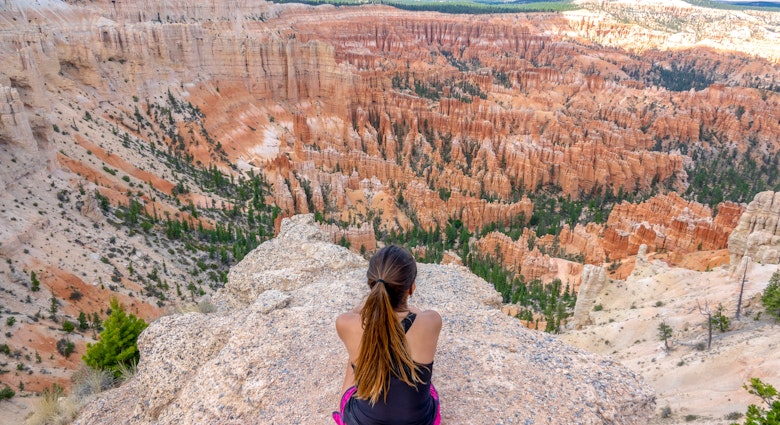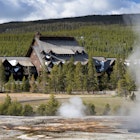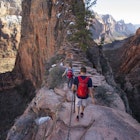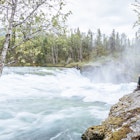Rock-stacking is one of humanity’s most ancient art forms. But it is also contentious.
Hike far enough on just about any trail in the world and you’ll likely spot a collection of stones placed atop each other that form impromptu sculptures.
Some call them cairns. Others favor more colorful terms like “stone balancing” or “prayer stone stacks.” Whatever the name, the act of stacking rocks atop each other is as ancient as it is ubiquitous.
Over the past decade or so, for better or worse, rock-stacking has become even more popular thanks to social media. What many don’t know, though, is that the practice is controversial, particularly in national parks and other protected areas. Depending on whom you ask, it can be a crucial navigational device, a rewarding mindfulness practice, or an environmental menace.
So, is rock stacking as harmless as it seems? Let’s dig in.
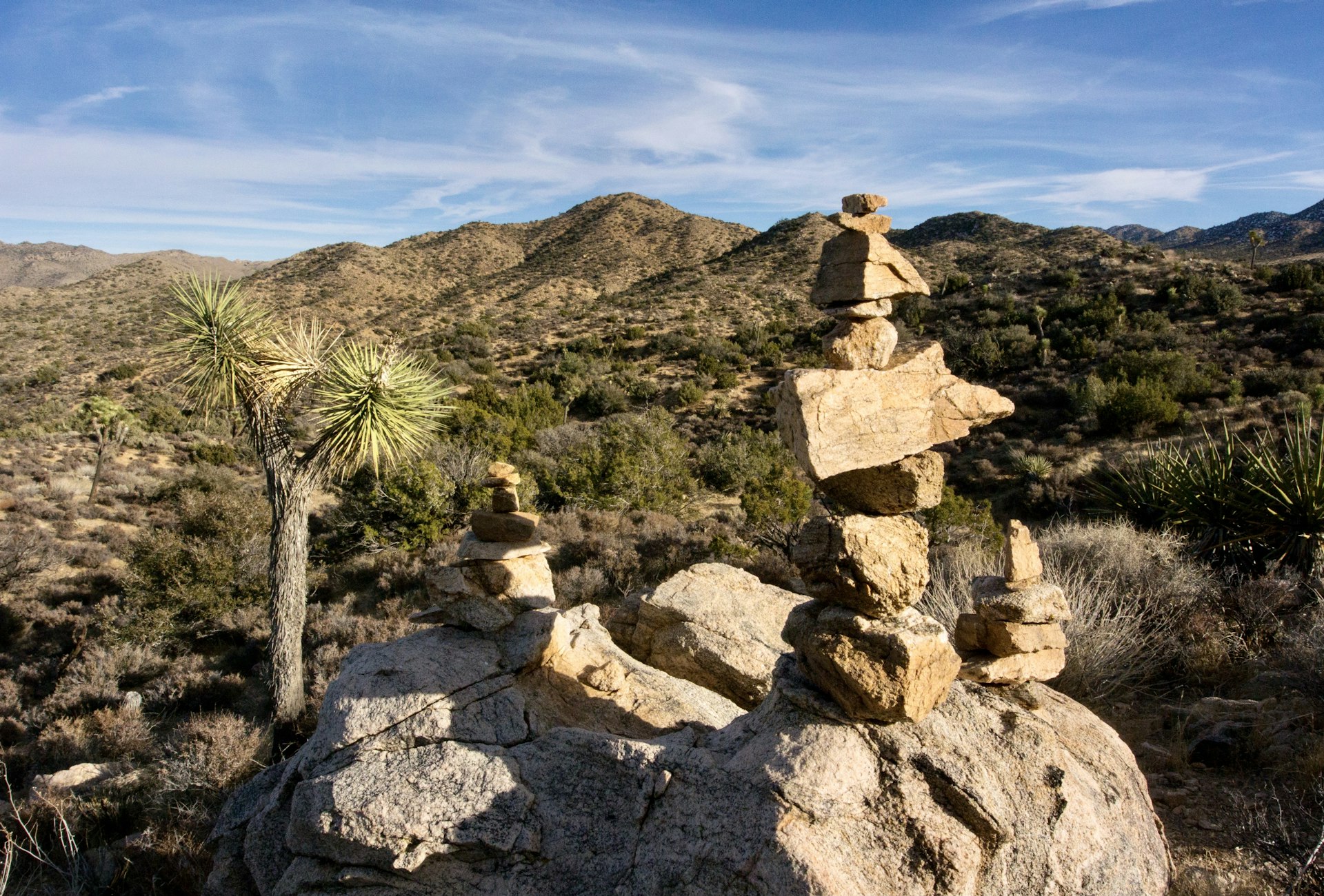
When a pile of rocks points the way home
These days, most rock stackers do it to mark a trail, especially in less frequently navigated backcountry. Others claim that slowly and deliberately stacking rocks is a way to practice mindfulness.
While its meditative benefits are open to interpretation, a well-placed cairn can indeed save lives. For that reason, Michael Larson, a public information officer with the U.S. National Park Service doesn’t recommend kicking them over when you come across them, despite what you see on TikTok or online hiking forums. He points to certain locations where cairns are part of official policy.
“Carlsbad Caverns National Park uses cairns for safety to assist visitors with finding trails in remote areas of the park's backcountry,” he said. Along volcanic landscapes in the jagged terrain of Hawaiʻi Volcanoes National Park, where cairns are still known by their traditional name ahu, they’re also sometimes set up by park rangers, particularly in the most remote sections.
So, before you start kicking cairns over, consider why they were set up in the first place. There’s a good chance a park ranger stacked the rocks to save lives.

Rock stacking: from tradition to trend
Cairns were our ancestors’ first foray into building structures. Pile some rocks on top of each other and they would have the beginnings of a shelter or a food cache, for example. In Mongolia, cairns marked burial sites in cemeteries. In Tibet, Buddhists used them in ceremonies to call in good fortune and balance out conflicting energies. Before the invention of lighthouses, cairns warned sailors away from Norway's jagged fjords.
Rock stacks became landmarks on hilltops in Scotland and trade route markers for sled dogs plowing through the Alaskan wilderness. For a time, they were even a key tool in a strategy for hunting bison, used by a variety of indigenous groups from the Rocky Mountain foothills to deep in the Dakota plains.
Today, the popularity of rock cairns has less to do with utility and tradition and more to do with social media. That’s the opinion of the Colorado-based rock-stacking artist, Michael Grab, who goes by the moniker Gravity Glue.
“It really started to blow up between 2014 and 2015,” he said, speaking about the trend of stacking rocks in gravity-defying formations and then posting the photos onto social media. “Then it exploded into this international art form, and what was maybe a handful of practitioners became hundreds.” Others followed, stacking rocks on beaches, on hiking trails, and, much to the chagrin of conservationists, in places where visitors are specifically asked to “leave no trace.”

The arguments against cairns
Besides potentially confusing lost hikers, critics say rock-stacking can be culturally insensitive to past and present residents of the area. They also point to the cumulative effects disruptions can have on ecosystems underfoot.
On mountain trails, critics have said that when even a few stacked rocks fall, it can trigger cascades that could hurt unsuspecting hikers below. Even when they’re arranged to be completely safe, many nature photographers and other lovers of the outdoors simply say they’re an eyesore, distracting from the untouched environment.
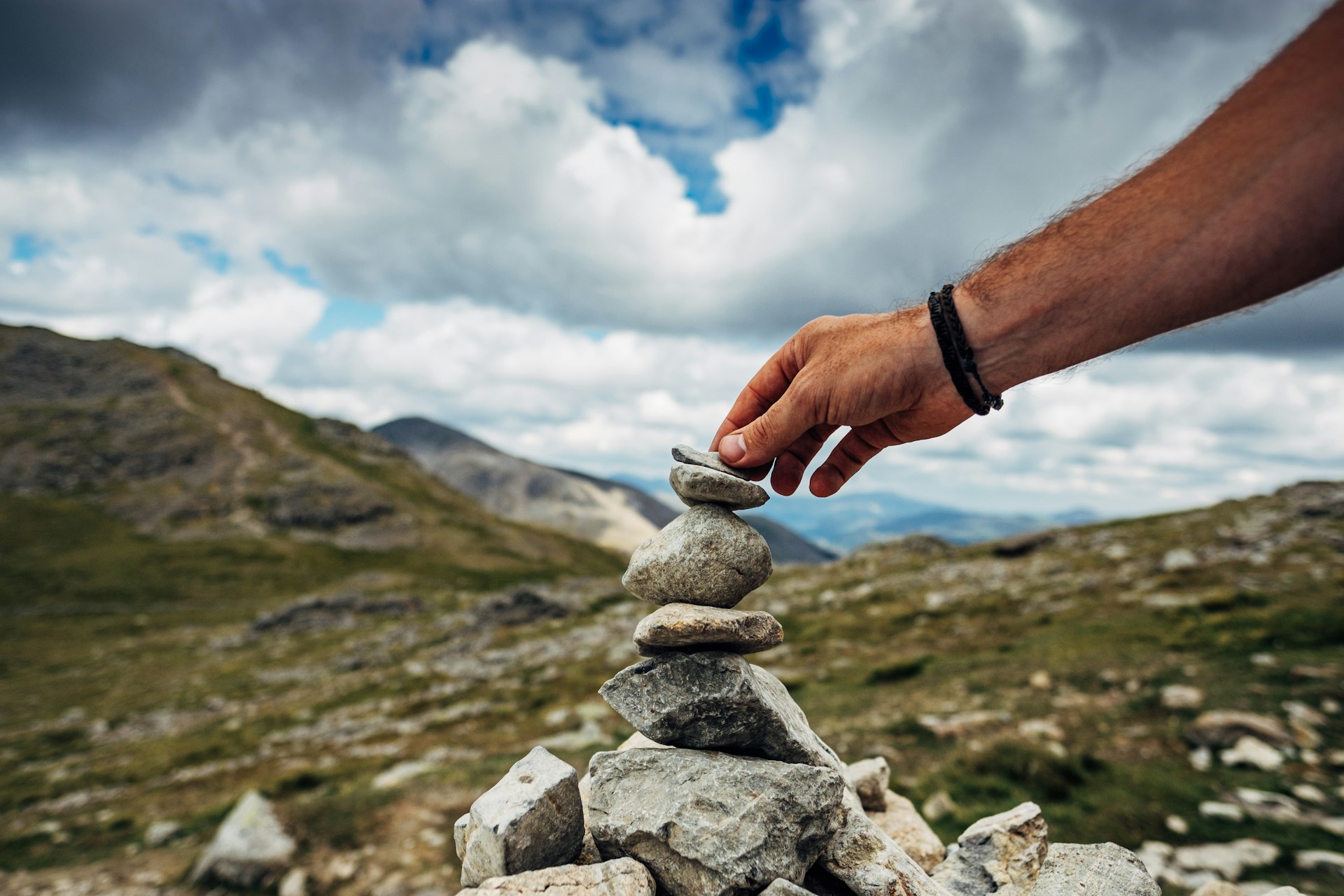
Read the rules
While the National Park Service at times employs rock-stacking as part of its route-marking system, in most parks the agency prohibits people from adding their own cairns. Like carving initials into a tree, leaving trash at a campground, or spray-painting your name on a boulder, rock-stacking in most (but not all) National Parks is punishable under the same laws that protect these places against vandalism and littering.
To differentiate official markers from impromptu ones, the National Park Service recommends visitors check with park rangers for information about the design and materials used in the creation of any cairns along trails.
“We always encourage visitors to have a plan to find their way in park wilderness,” said Jonathan Shafer, the public affairs specialist for Zion National Park. He also emphasized that cairns should never be your only navigation tool. “Especially in remote areas, it’s important to have wayfinding tools like maps and a compass or GPS to navigate.”

So, is rock-stacking bad?
On its own, rock stacking isn’t always a harmful practice, though it can be. For many people, it can also be therapeutic or even an artistic outlet. In the most remote locations on Earth, cairns can literally save lives. Always follow local regulations and don’t do it in national parks or other protected lands.
If you do feel the urge to sit on the side of a trail or a riverbank and build something, when you’re done, be like Grab and follow a leave-no-trace policy.
“I take it down when I’m finished to close the loop,” he said, even when he’s built an improbably stacked rock tower.

